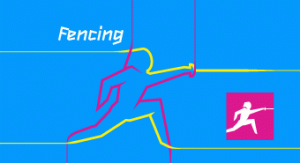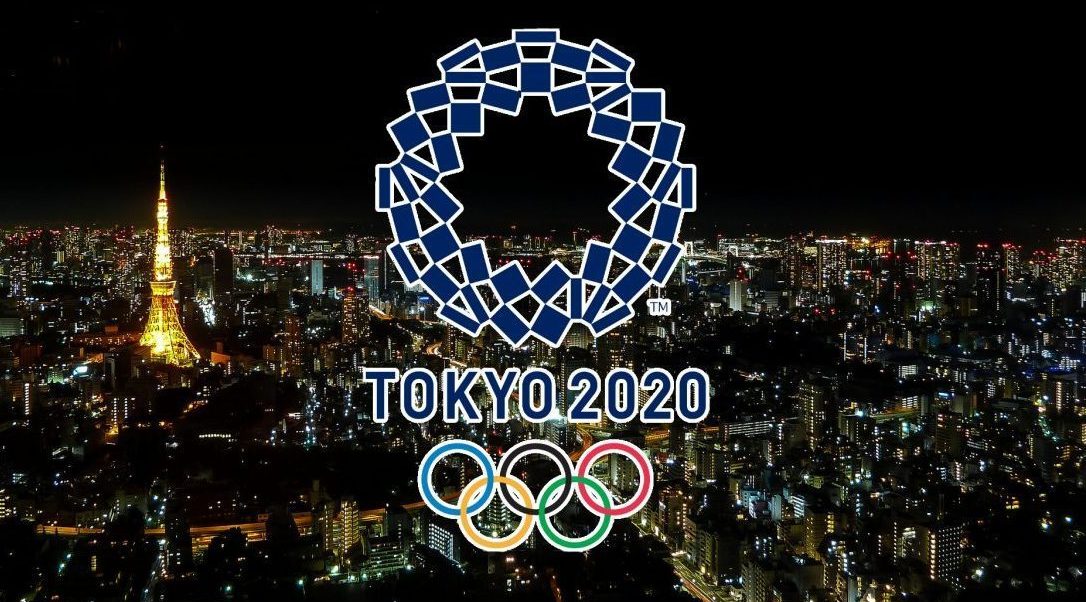 Fencers from around the world are competing this season for the right to compete for Olympic glory at the 2012 London Olympic Games. For the fencing events, a total of 212 athletes will compete across 10 events.
Fencers from around the world are competing this season for the right to compete for Olympic glory at the 2012 London Olympic Games. For the fencing events, a total of 212 athletes will compete across 10 events.
Due to limitations on the size of the events by the IOC, nations are no longer guaranteed an athlete in each sport – now nations and athletes have to compete against not only their countrymen, but others in their region or continent for an Olympic slot.
Since the introduction of Women’s Sabre to the Olympic program in 1996, the International Fencing Federation (FIE) has lobbied the International Olympic Committee (IOC) for an additional two medal events to be able to accommodate every fencing discipline. The IOC, however, does not want to add more medals for fencing, so the FIE is left with the choice of which fencing events will not have competitions in the Olympics.
The FIE has chosen to rotate which fencing disciplines will not have the team event and for 2012 the disciplines to feature the individual competition but no team competition are Men’s Epee and Women’s Sabre.
 This leaves 10 total events for the Olympic competition:
This leaves 10 total events for the Olympic competition:
| Men’s Events | Women’s Events |
| Men’s Individual Epee | Women’s Individual Epee |
| Men’s Individual Foil | Women’s Individual Foil |
| Men’s Individual Sabre | Women’s Individual Sabre |
| Men’s Team Foil | Women’s Team Epee |
| Men’s Team Sabre | Women’s Team Foil |
Overall, a total of 102 men and 102 women will qualify for the Olympic Fencing competitions with 8 athlete slots held open for the host country (Great Britain) to enter athletes.

How do athletes qualify to fence at the Olympics?
Because there are some weapons that are hosting a team event in addition to the individual event and some with only the individual event, there are slightly different qualification paths. For Men’s Epee and Women’s Sabre, only individual results matter and no more than 2 fencers from a country can qualify.
For the other events, the primary qualification is through the FIE Team standings with some additional slots held open for individuals to qualify.
Team Qualification
Teams fencing at the 2012 London Olympic fencing competition are composed of 3 fencers. 8 teams will qualify in each team event with Great Britain being able to choose to enter a team. (The alternate is not actually an Olympic participant unless they are subbed in.) Teams are qualified as follows:
- The top 4 teams in the FIE World Rankings (slots 1-4)
- The highest ranking team from each Olympic zone (Africa, Americas, Asia, Europe). The teams MUST be ranked in the top 16 of the world rankings.
- IF a zone does not have a team in the top 16, then the zone loses it’s slot and that slot goes to the next highest team regardless of the zone.
- IF a country qualifies but declines to send a team, then the next highest ranking team in their zone is awarded the bid (provided those teams are in the top 16)
Individual Qualification
This goes into two parts, there is one qualification path for the events with team events and a separate path for women’s saber and men’s epee. We’ll look at the Individual + Team events first.
- In these events, 36 individuals will compete. The first 24 are made up of the 3 fencers (the starters) from the 8 qualifying teams.
- Next are the top 7 fencers in the FIE individual rankings by Olympic Zone. (2 from Europe, 2 from Asia, 2 from Americas, 1 from Africa.) Only one fencer from a country can qualify in this fashion. No fencers with teams already entered may qualify from this path.
- The final 5 spots are reserved for a zonal qualifying competition. At this competition each country that does not have a fencer qualified may send 1 athlete to compete. The top fencers at the event qualify (2 from Europe, 1 each from the Americas, Asia, and African zones.)
In no case may there be more than 3 fencers from a single country entered in the individual events.
What about Men’s Epee and Women’s Sabre?
Because they do not have a team event, the qualification process for these two disciplines differs.
- Top 12 in the FIE Rankings with a maximum of 2 fencers per country
- The next 8 are filled out by FIE rankings with only 1 fencer per country allowed and filtered 2 from each Olympic zone.
- The last 10 qualify from Zonal Qualifying events. Each country that does not have an athlete entered in the discipline can send one fencer. The top 4 from Europe, 3 from Asia, 2 from the Americas, and 1 from Africa qualify.
Finally, Great Britain has the ability to use 8 total athlete slots as it sees fit to enter athletes in the Team and Individual competitions. (Edit: If they use this to enter a Men’s Foil Team AND the 3 individuals in the individual event, that would count as using only 3 of the 8 athlete slots as the top 3 individuals on the team are automatically entered in the individual.) – Thanks to downunder for linking to the Athens Olympic entries by Greece as an example.
| Would a country not send a fencer? Yes! That’s the exact situation that led to Mariel Zagunis qualifying for the 2004 Athens Olympics. The fencer from Nigeria who qualified had only competed in one FIE event during the qualifying period and Fencing.Net speculated about what would happen if Nigeria chose not to send her. It turned out that the Nigerian NOC did not approve of sending the fencer, and the FIE process of reallocating the slot awarded it to Mariel Zagunis. Zagunis made the most of the fortunate turn of events and went on to win the 2004 Olympic Gold Medal in Women’s Sabre. |
Important Qualification Dates:
- The 2010 Paris World Championships are very important as the event counts for extra points and a good showing in Paris will greatly help a team or individual’s bid for Olympic qualification.
- November 15th, 2011: Countries should fill out bid requests for athletes.
- April 02, 2012: Closure of the FIE rolling points standings for qualification
- April 14 – 25th 2012: Zone-qualifying events
- May 7th, 2012: The FIE confirms the zone events and sends that information to the IOC
- May 31st 2012: Countries must confirm the entry of athletes to the FIE
- June 4th 2012: The FIE will re-allocate any places not confirmed by their NOC
- July 23rd, 2012: Deadline for countries to submit entries to the London Organizing Committee
After the 2010 World Championships in Paris, France, we’ll run through the first cut at the qualification standings to put all of these requirements into practice and start tracking what the fencers need to do to qualify for the 2012 Olympics.





6 Comments
Comments are closed.